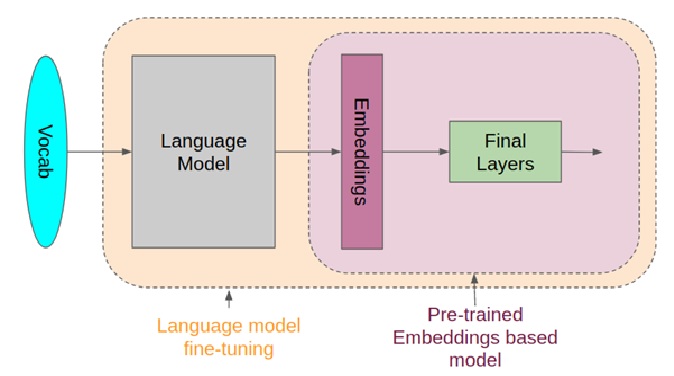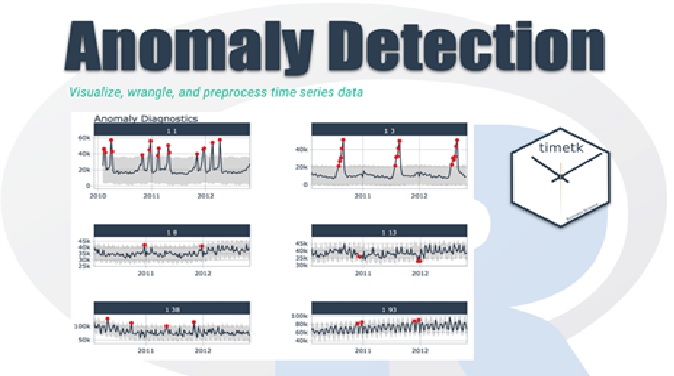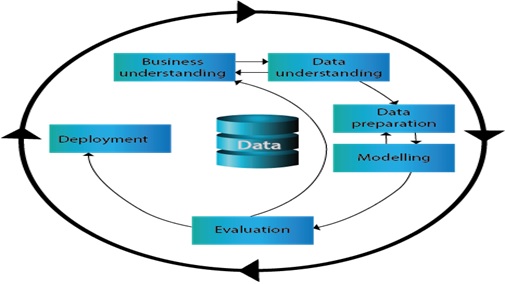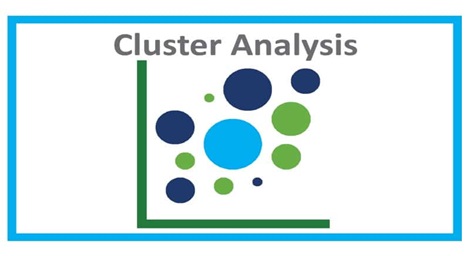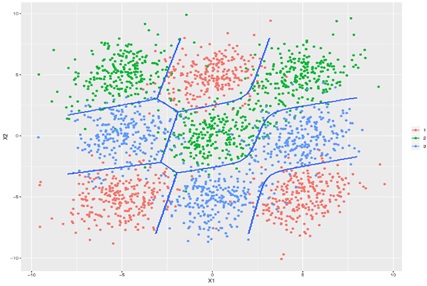Dimension Reduction Methods and Techniques
Data Classification is a core data mining technique for assigning categories to a set of data. The purpose is to support gathering accurate analysis and predictions from the data.
Classification is one of the key methods for making the analysis of a large amount of datasets effective. Classification is one of the hottest data science topics too. A data scientist should know how to use classification algorithms to solve different business problems.
This includes knowing how to define a classification problem, explore data with univariate and bivariate visualization, extract and prepare data, build classification models, evaluate models, and etc. Linear and non-linear classifiers are some of the key terms here. [1]
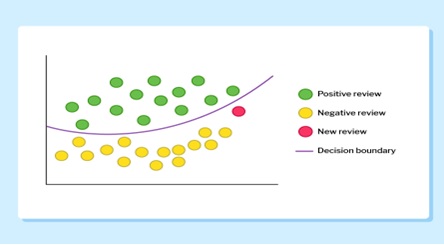
Figure 1. Data Classification
Data Classification is shown in figure 1. Data Classification in data science refers to the process that tags and categorizes any kind of data so that it can be better understood and analyzed. The latter is what we'll be focusing on. But also, a well-planned Data Classification system makes essential data easy to find and retrieve.
Types of Data Classification
In the most simple terms, data can be recognized and categorized in three approaches. These are:
- Content-based classification: In this classification type, the contents of each file are the basis for categorization.
- User-based classification: User-based classification relies on the user’s knowledge of creation, editing, reviewing, or dissemination to label sensitive documents. These individuals can specify how sensitive each document is.
- Context-based classification: Context-based classification focuses on the context of the data, such as the location, application, and creator, as well as other variables that affect the data.[2]
Common data classification steps
- Gather information
- Develop a framework
- Apply standards
- Process data
Benefits of data classification
Using data classification helps organizations maintain the confidentiality, ease of access and integrity of their data.
For unstructured data in particular, data classification lowers the vulnerability of sensitive information. For example, merchants and other businesses that accept major credit cards are expected to comply with the data classification and other standards of the Payment Card Industry's Data Security Standards. PCI DSS is a set of 12 security requirements aimed at safeguarding customer financial information.
Classification also saves companies from paying steep data storage costs. Storing massive amounts of unorganized data is expensive and could be a liability.[3]
- https://www.intellspot.com/data-science-topics/
- https://levity.ai/blog/data-classification-types-applications
- https://www.techtarget.com/searchdatamanagement/definition/data-classification
Cite this article:
Gokula Nandhini K (2023), Dimension Reduction Methods and Techniques, AnaTechMaz, pp.73





